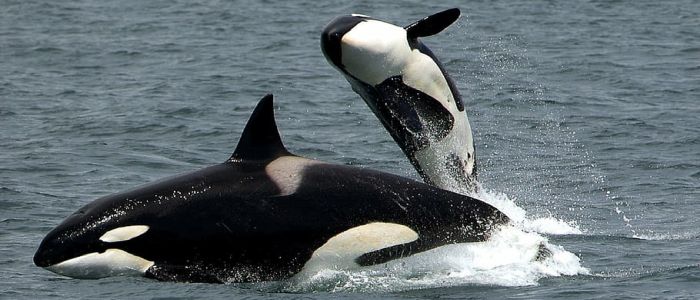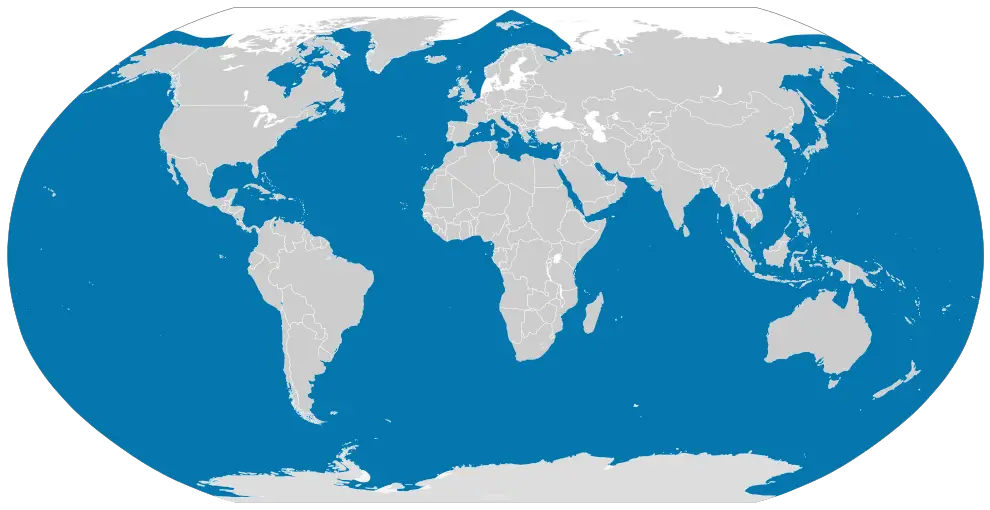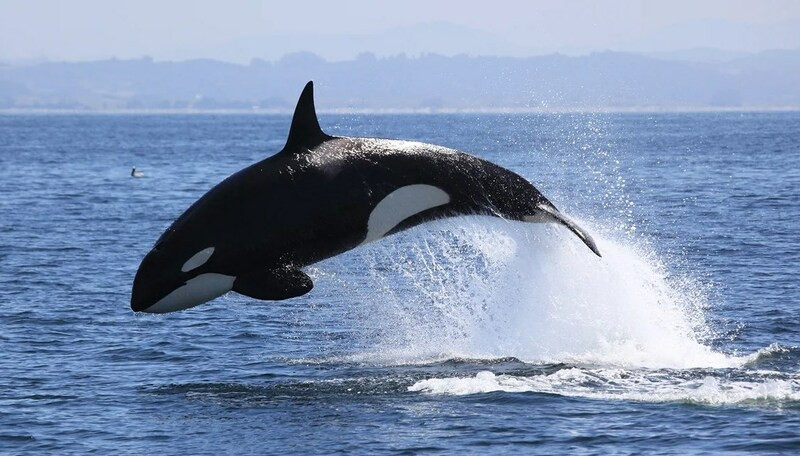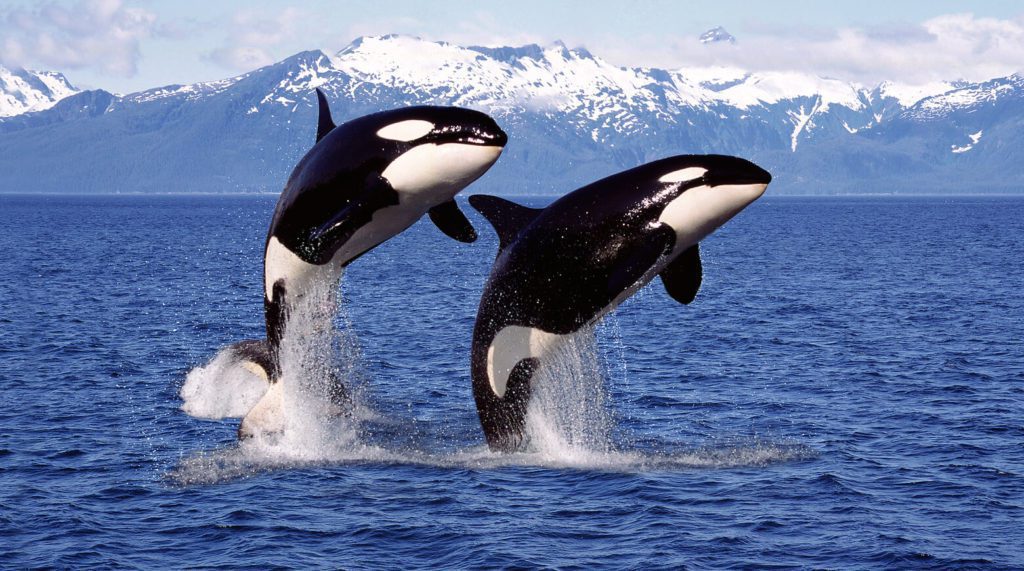Killer whale (Orcinus orcaIt is one of the most majestic and intelligent marine predators, occupying the top of the oceanic food chain. These marine mammals impress with their strength, speed, social life and extraordinary intelligence. They hunt smoothly, using unique strategies that resemble the tactics of wolf packs or even military operations.
Killer whales can stalk their prey over long distances, communicate through a complex system of sounds, train their young, and even pass on cultural traditions from generation to generation. Due to their ability to learn and adapt, they are among the most intelligent animals in the world.
In this article, we will look at the biological characteristics of the killer whale, its life cycle, habits, role in nature, and relationships with people.

Scientific classification
🔬 Classification of killer whales:
✔ The Kingdom: Animals (Animalia)
✔ Type: Chordal (Chordata)
✔ Class: Mammals (Mammalia)
✔ Row: Cetaceans (Cetacea)
✔ In a row: Toothed whales (Odontoceti)
✔ Family: To the dolphin (Delphinidae)
✔ Gender: Orcinus
✔ View: Orcinus orca
📌 Interesting!
Despite their impressive reputation, killer whales belong to the dolphin family and are the largest dolphins in the world.
Description and appearance
💠 Main Features:
• Length: males - up to 9.8 m, females - up to 8.5 m
• Weight: males-up to 6 tons, females - up to 4 tons
• Life span: males - 30-50 years, females - up to 90 years
• Color scheme: contrast-black back, white belly, white spots above the eyes
• Dorsal fin: in males – up to 1.8 m, in females-smaller and curved
🔹 What makes an orca unique?
✔ The largest predatory Dolphin in the world
✔ Fastest among cetaceans (up to 56 km / h)
✔ Highly developed intelligence and complex social structures
✔ Unique hunting techniques that vary between groups
📌 Interesting!
Killer whales can recognize themselves in the mirror, a sign of self-awareness that is rare among animals.

Living environment
🌍 Where do killer whales live?
• World Ocean - from the Arctic to Antarctica
• Cold waters of the North Atlantic and Pacific ocean
• Warm coastal areas - California, South Africa, Australia
• Open ocean and coastal ecosystems
🌊 Optimal living conditions:
• Water temperature: -2°C to +30°C
• Depth: usually up to 100 m, but can dive up to 1000 m
• Undercurrents: they help you travel long distances
📌 Interesting!
Killer whales have a huge range of habitats-they are found in all the world's oceanswhich makes them the most common among cetaceans.

Life cycle
🔄 How do killer whales live?
1️⃣ The cub - born after 15-18 months of pregnancy, weighs up to 180 kg and has a length of 2.5 m.
2️⃣ Youth - grows up under the protection of the mother, learns to hunt and communicate.
3️⃣ Growing up - in 10-15 years, killer whales become completely independent.
4️⃣ Leadership - females often lead family groups, passing on knowledge to the next generations.
📌 Interesting!
Females live significantly longer than males and can reach an age of 90 years old "like people!
Mind and social behavior
🧠 The smartest marine predator
* Killer whales have developed brain - 4 times more than the human body
* Own communication system, which resembles a language
* Use individual "names" as audio signals
👪 Family connections
* Live in matriarchal groups (mothers with children and relatives)
* Teach young animals special skills hunting methods
* Transmit cultural traditions - knowledge of mining and behavioral features
📌 Interesting!
Killer whales that live in different oceans have their own "dialects" and unique hunting methods passed down from generation to generation.
Hunting methods
🍽 What do killer whales eat?
• Fish (salmon, herring)
• Squid and octopus
• Seals and sea lions
• Other marine mammals (even young whales!)
💡 How do they hunt?
✔ Group coordination "like wolves, they attack together
✔ Using waves - they throw seals off the ice floe
✔ Echolocation - to detect prey underwater
📌 Interesting!
Orcas in Argentina push themselves ashore to grab sea lion cubs – and this they pass on as a skill only in their own population.

Interaction with people
👥 Killer whales and humans
* In the wild they don't attack people
* In captivity, they may exhibit aggression due to stress
* Studying killer whales helps you understand animal intelligence
📌 Interesting!
The tragedy at SeaWorld (2010), where a killer whale killed a trainer, proved that keeping these animals in captivity can be dangerous and unnatural.
Conclusion
The killer whale is a real one Lord of the Oceanswhose intelligence, strength, and sociality make her unique among marine animals. They are the most intelligent predators in the aquatic world, able to change their behavior, learn and pass on knowledge.
🌊 Protecting these animals and their habitats is an important step in preserving ocean biodiversity.